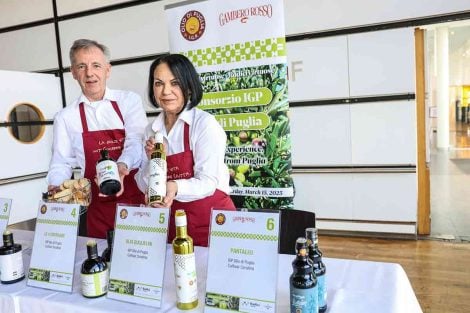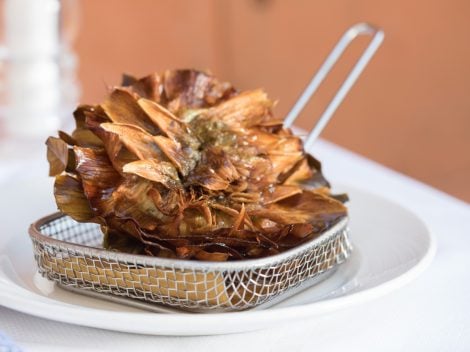"It’s Italian food, but perhaps not as you know it," says chef Mirko Febbrile. His story made headlines last year when he captivated Singapore with his panzerotti. Born in Puglia in 1991, Febbrile is a rising star of Italian haute cuisine, telling Italy’s story abroad with authenticity and ingenuity, free from clichés and cookie-cutter dishes. His cooking exudes a distinctly Italian spirit, deeply rooted in top-quality ingredients, traditional techniques, and a modern mindset, creating an aura of authenticity that resonates even thousands of miles from home.
Last year, Febbrile dazzled diners with his street food offerings, but his journey is long and storied. Arriving in Singapore at a young age, he earned acclaim with Michelin-starred Braci at just 23, using live-fire cooking to craft dishes of elegance and bold flavour. The restaurant earned top ratings in the Top Italian Restaurant guide. Never one to rest on his laurels, Febbrile surprised everyone by opening a kiosk that drew long lines hours before opening, all while planning new ventures: the coastal Fico, and the newly launched Somma.
"Here in Singapore, Italian cuisine arrived unadulterated," explains Vincenzo Donatiello, a respected figure in Italian hospitality, known for his tenure with the Ceretto family at Piazza Duomo. Now, he serves as Business Development and Operations Director for a boutique Italian dining group that includes Somma, housed in a redeveloped school featuring dozens of dining and retail outlets.
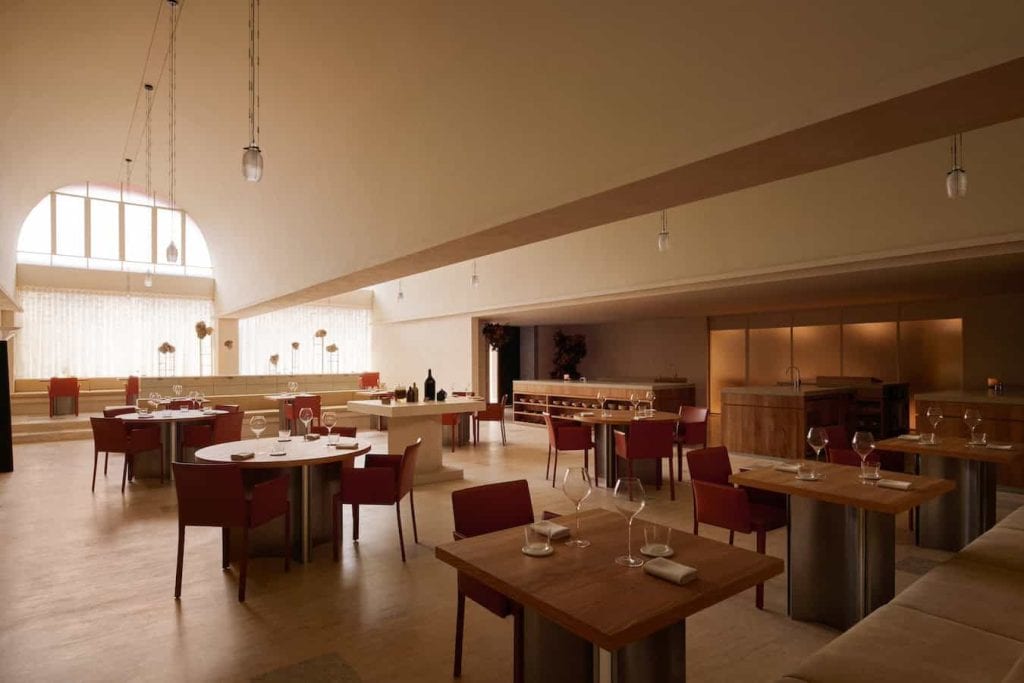
Puglian cuisine without orecchiette
"Somma is Italian fine dining," says Donatiello. The name reflects the culmination of Febbrile’s professional and travel experiences. "Mirko is curious by nature and doesn’t see restaurants as an end in themselves." The concept reflects the collective ideas, talent, and expertise of the team—professionals with backgrounds at some of the world’s most influential restaurants, including Alchemist, Boragò, Alain Ducasse, Cracco, Piazza Duomo, Gaggan, and The Fat Duck.
"Even though the menu is rooted in Italy, Somma doesn’t just repackage 'mama’s kitchen' for 2024," explains Donatiello. Febbrile agrees, saying, "We aim to change how people perceive Italian cuisine—leaving behind the story of grandmothers’ recipes to embrace the present."
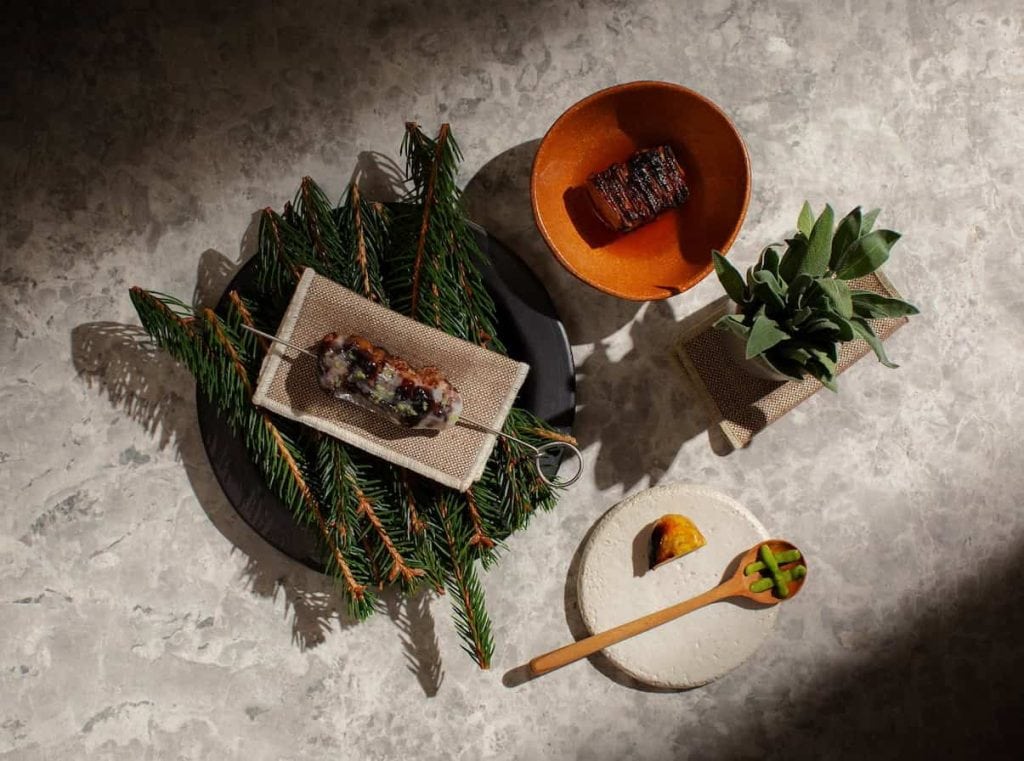
It’s a bold choice, designed for Singapore’s competitive dining scene. "This market is flourishing but challenging, with many restaurants having short lifespans," says Donatiello. "We’re not aiming for fleeting fame but building customer loyalty."
Somma takes a distinct approach to Puglian cuisine—without orecchiette or traditional recipes. "This is a project in evolution," explains Febbrile. "I’m not interested in repeating dishes I made three years ago, and in three years, I’ll likely feel the same about what I’m doing now."
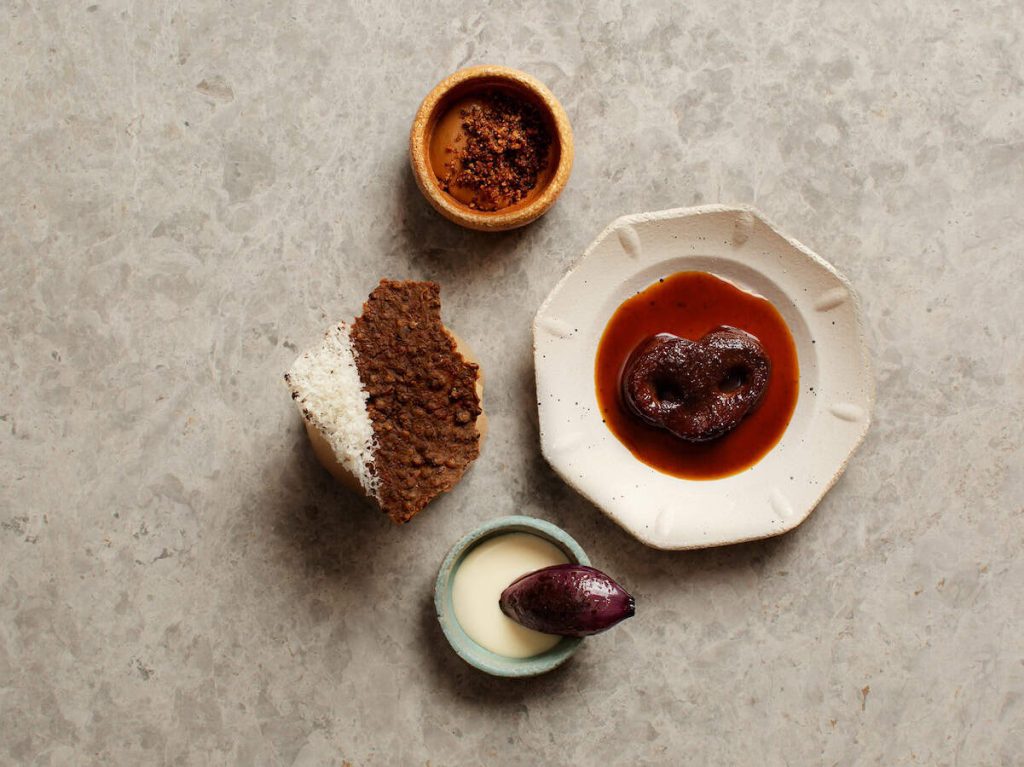
The Fine Dining of the Future
At Somma, the focus is on creating "the fine dining of the future," blending warmth and authenticity with contemporary innovation. "We want people to recognise the Somma taste, starting with warm, genuine hospitality," says Donatiello. The team works in short-sleeve uniforms, with tattoos proudly on display—a first for Donatiello.
"If you need to explain a dish too much, there’s a problem. We let the food speak for itself," says Febbrile. Somma embraces an approachable, fun atmosphere. "We want guests to enjoy themselves, without feeling they need to dress or act a certain way," Febbrile adds.
Meals are kept efficient: six-course tastings take under two hours, with optional extras like three additional dishes or a cheese experience. The latter is an immersive journey into an Italian cheese cellar, where some cheeses are aged in-house for unique flavours. Sustainability is central to the concept, with circular cooking practices using byproducts like toasted barley, chamomile, red carrot reductions, coffee grounds, and even whisky and candied pears to bridge dishes and drinks.
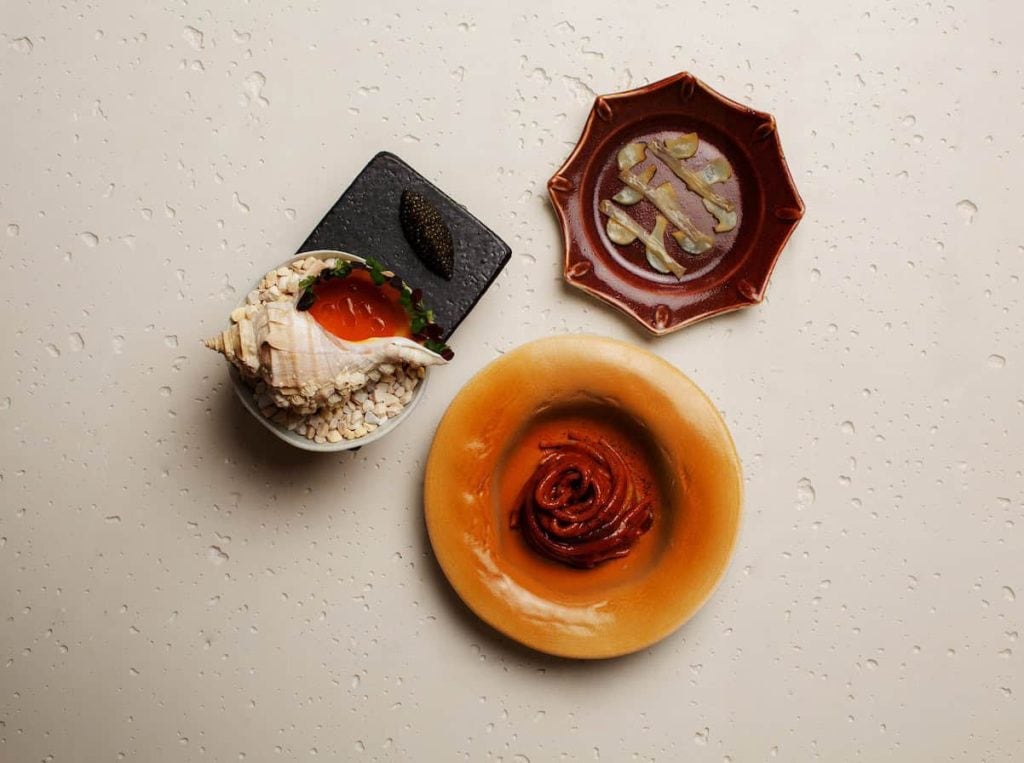
What’s on the Menu?
The menu, the result of 18 months of work, lists Saddle of lamb, chestnut, mushroom, quince broth, tangy and aromatic (a tribute to the Foresta Umbra in Gargano), with pine pesto, chestnuts, and pine salt, the outcome of over two months of preparation. Meanwhile, the Khorasan wheat spaghetti with red carrot, lobster, and sea snails highlights the meeting of humble ingredients and the nobility of lobster, with carrot providing the punch of flavour: subjected to a strong reduction, it becomes an umami sauce with shrimp bisque, moss, and lichen oil. In a circular and zero-waste approach, there’s also the SCOBY from the carrot pulp, dressed with a tangy sauce made with black mint and Osetra caviar.
The pig snout with onions, black bread, and Parmesan harks back to the classic New Year’s dish of cotechino and lentils: the snout is braised and grilled with spiced tomato and accompanied by a lentil cracker. Sea urchins and almonds, on the other hand, evoke a late-summer scene and are served with a savoury baba soaked in smoked scamorza water, topped with oven-roasted San Marzano tomatoes and wild rice.
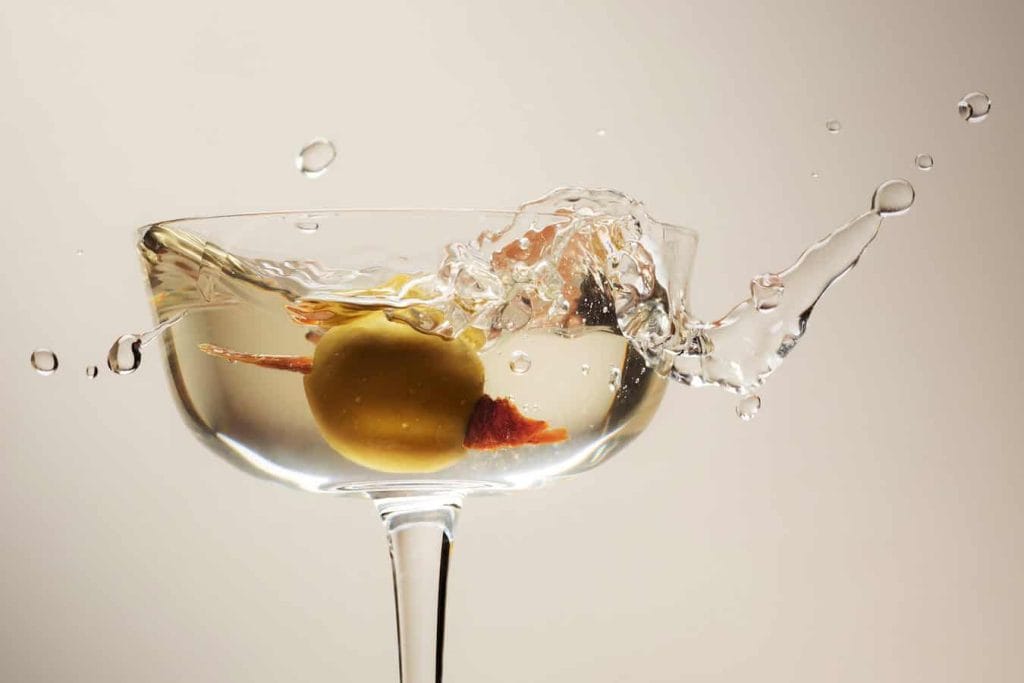
Forgotten Cocktails and Pasta Pairings
The downstairs bar serves taralli, red endive with Coratina olive oil and prunes, handmade pastas, and desserts like crème caramel and juniper popsicles, complementing the cocktail menu. Highlights include forgotten cocktails with vintage flair, like the Left Hand, or playful innovations like Happiness, featuring watermelon, green chili, and unicorn-shaped gummies.
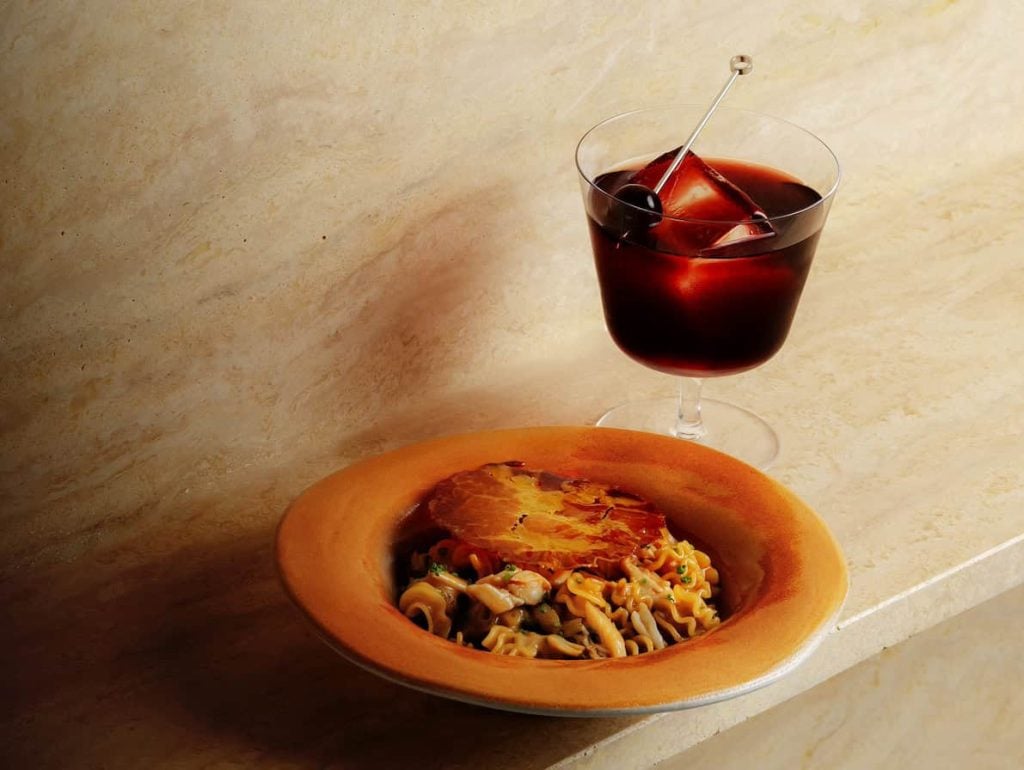
Wine remains a cornerstone. "Singapore is a wine city, despite not producing any," says Donatiello. Somma’s 750-label list is organised by evocative themes like Rain, Fireworks, and Sunrise, featuring classic and modern icons like Gravner and Radikon. Non-alcoholic pairings are equally refined, using macerations, infusions, and reductions.

Singapore’s Gastronomic Scene
Singapore offers a fertile environment for experimentation. "It’s a thriving market, but also selective. Only those with the right offering thrive," says Donatiello. The city boasts a blend of natural wine bars, tapas spots, and high-end Japanese and Chinese dining, alongside a surge in Italian restaurants.
"Here, people can recognise authentic Italian cuisine, thanks to their travels in Italy," adds Donatiello. The fine dining scene is evolving, with less focus on formality and more on authenticity and satisfaction—an ethos Somma embodies perfectly.

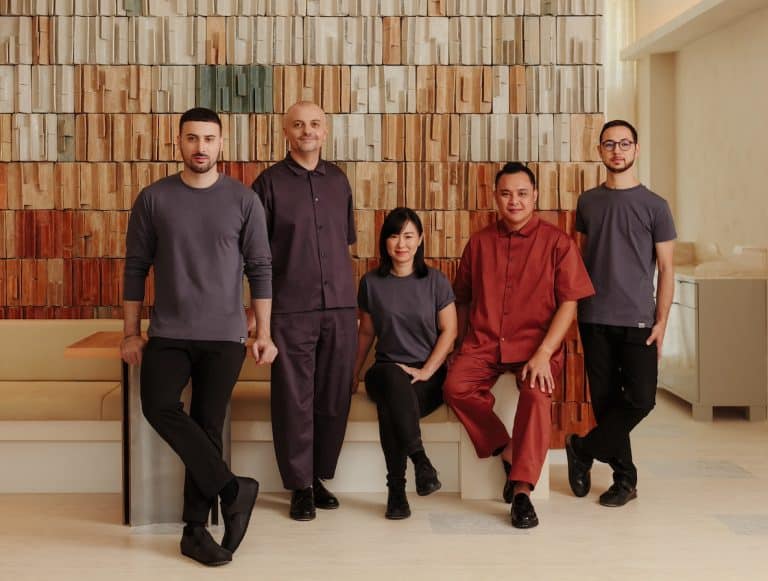
 Unknown genius: the Italian inventor of Cynar who was building electric cars and studying Artificial Intelligence 50 years ago
Unknown genius: the Italian inventor of Cynar who was building electric cars and studying Artificial Intelligence 50 years ago The 11 best-value Dolcetto wines from the Langhe
The 11 best-value Dolcetto wines from the Langhe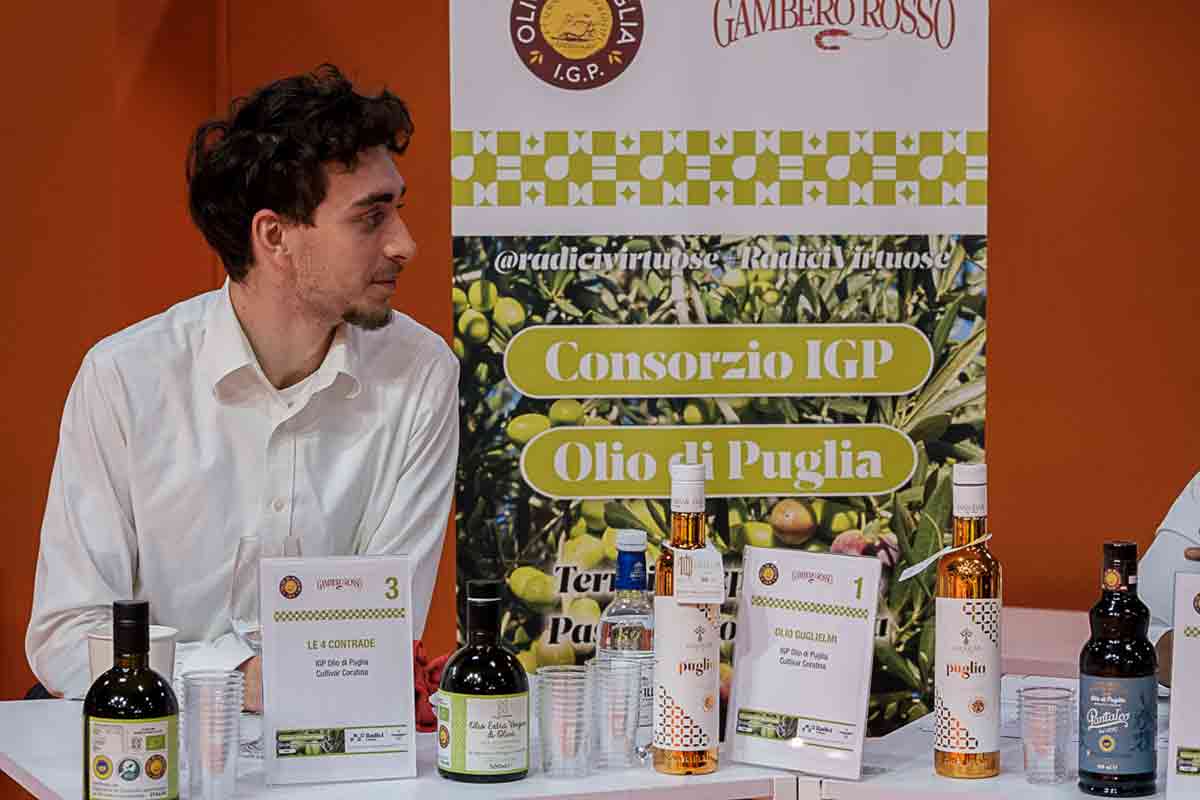 Coratina party in Paris: the power of Puglia in a drop of oil
Coratina party in Paris: the power of Puglia in a drop of oil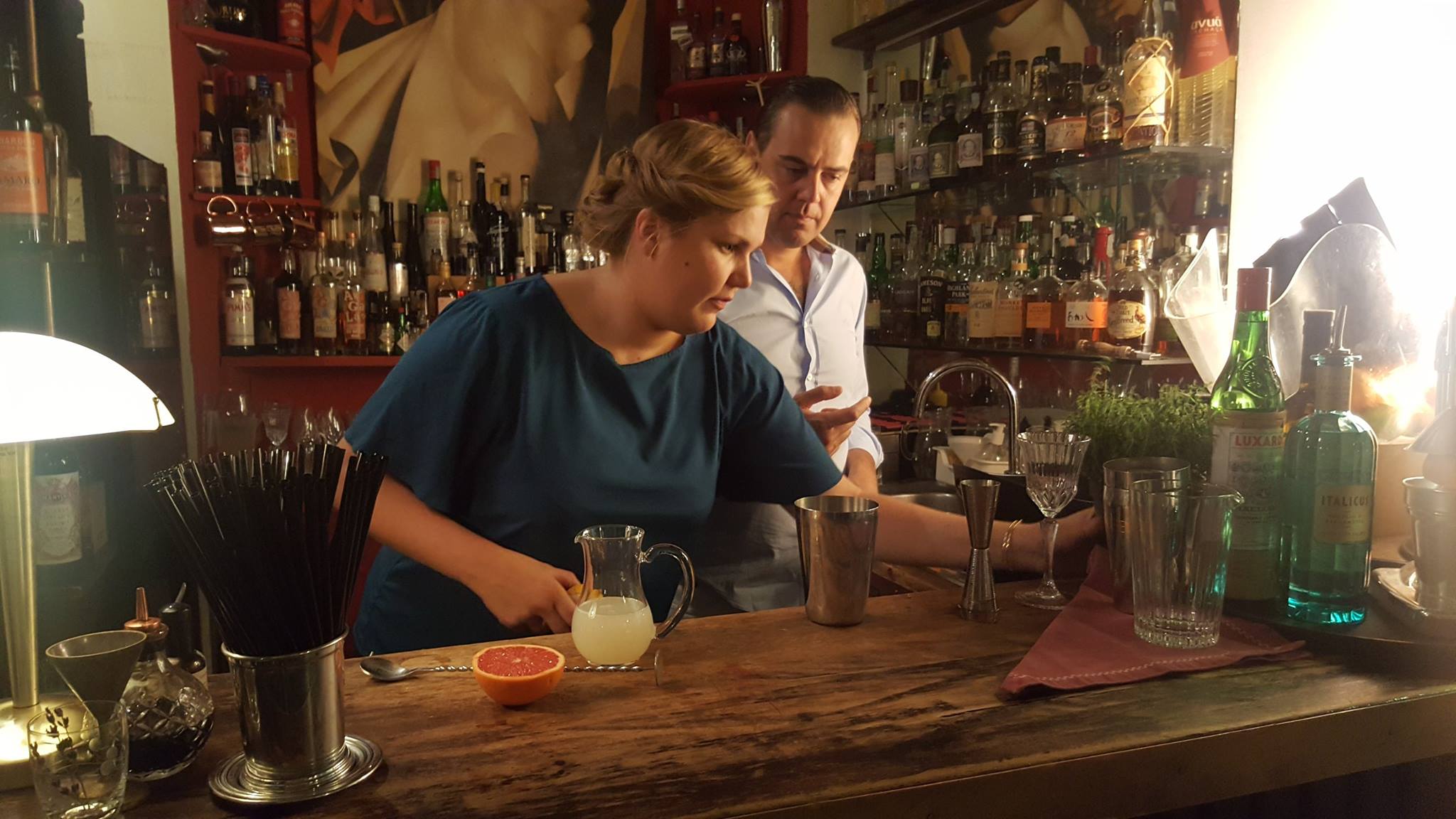 In a historic building in Genoa hides a top cocktail bar
In a historic building in Genoa hides a top cocktail bar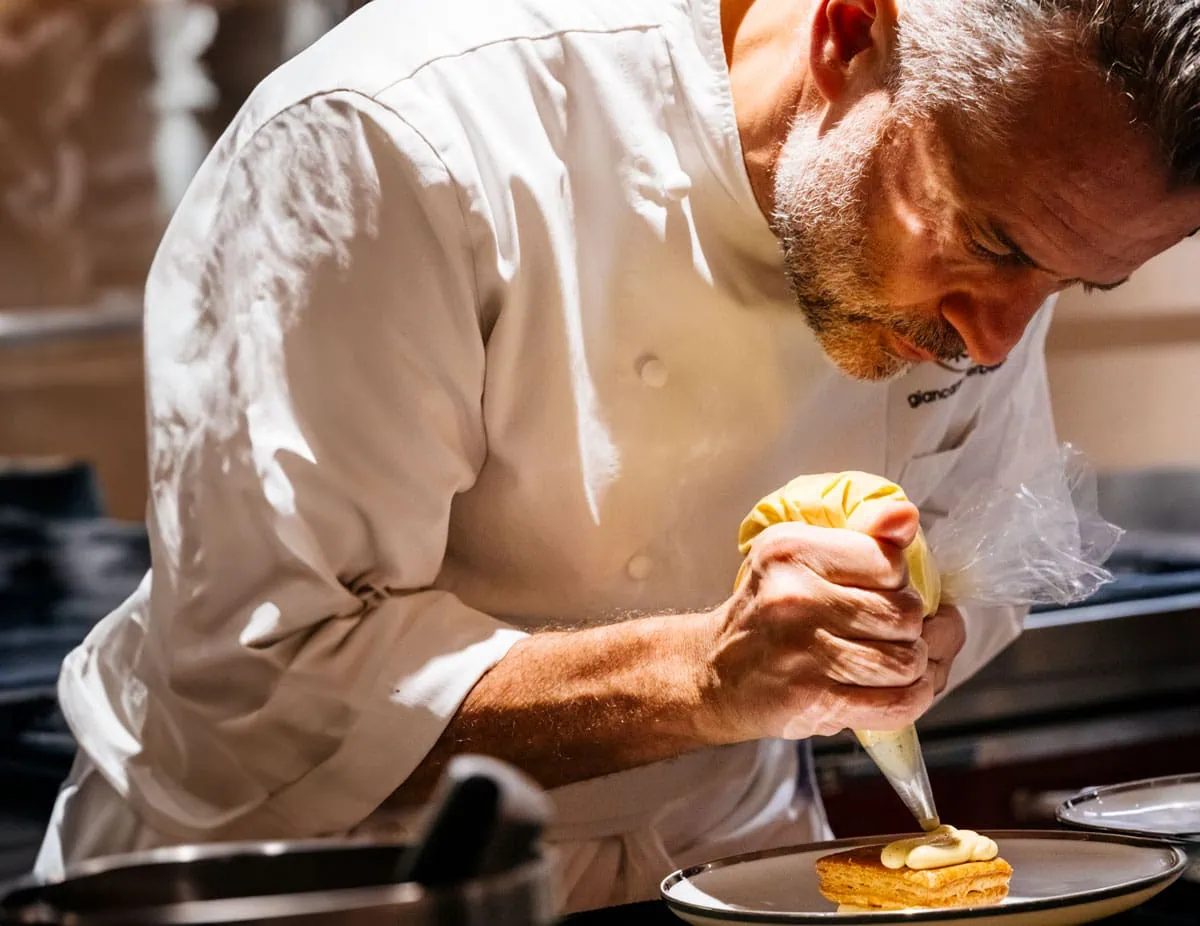 Giancarlo Perbellini: “The future? Less oppressive restaurants. If we don’t make young people fall in love with this job, we might as well close”
Giancarlo Perbellini: “The future? Less oppressive restaurants. If we don’t make young people fall in love with this job, we might as well close”